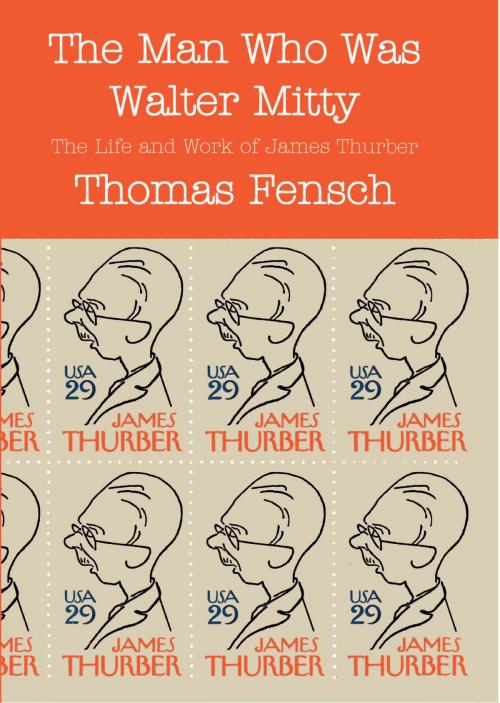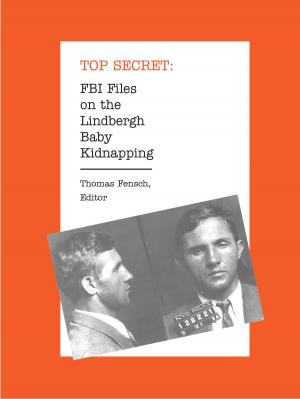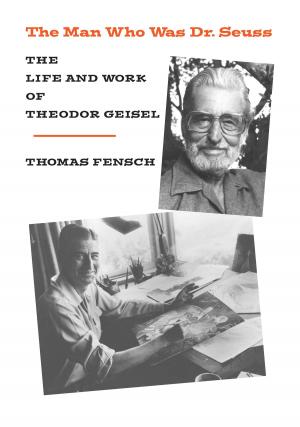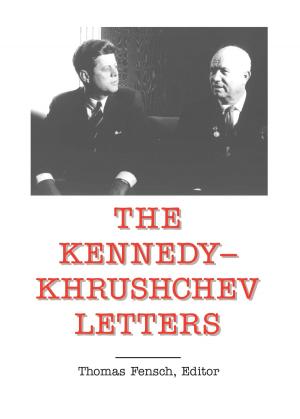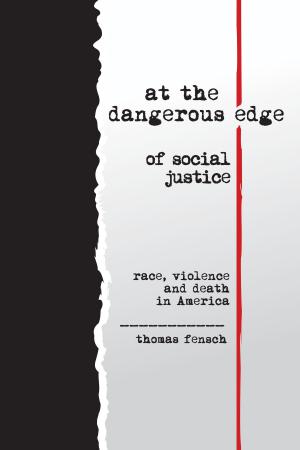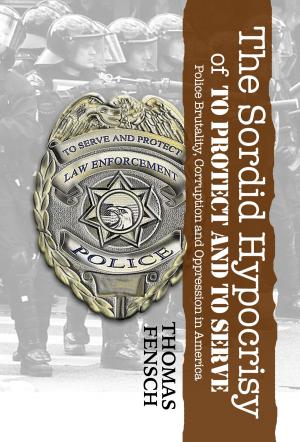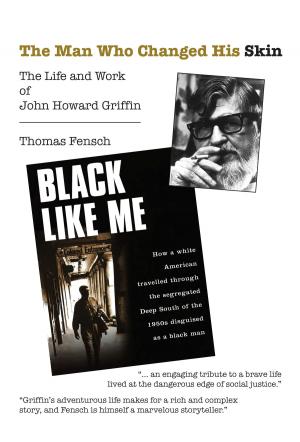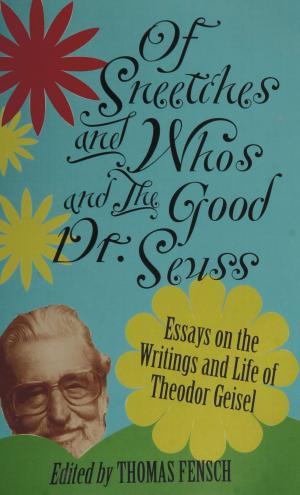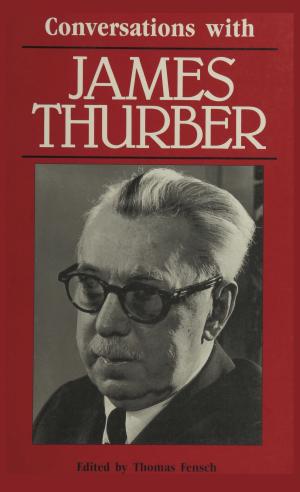| Author: | Thomas Fensch | ISBN: | 9780990718178 |
| Publisher: | New Century Books | Publication: | October 17, 2014 |
| Imprint: | Language: | English |
| Author: | Thomas Fensch |
| ISBN: | 9780990718178 |
| Publisher: | New Century Books |
| Publication: | October 17, 2014 |
| Imprint: | |
| Language: | English |
This book offers new insights into James Thurber, the man who has been called "America's Twentieth Century Mark Twain." The book places Thurber in the context of his early years in Ohio -- his highly dysfunctional family, his curious relatives -- his memory -- which evolved into his fictional world of "confusion, eccentricity and chaos." "The Man Who Was Walter Mitty" shows how his world was leavened by both humor and tragedy -- how his world was shaped by total blindness when he was at the height of his fame. It examines Thurber himself as Walter Mitty-- a remarkably timid, day-dreaming man , forever harassed, oppressed and conquered by Thurber women. Only Thurber's dog drawings looked at life with aplomb and sanity. Part of a 3-book series: "The Man Who ..." : "The Man Who Was Dr. Seuss" (Theodor Geisel); " The Man Who Was Walter Mitty "(Thurber); "The Man Who Changed His Skin" (John Howard Griffin).
This book offers new insights into James Thurber, the man who has been called "America's Twentieth Century Mark Twain." The book places Thurber in the context of his early years in Ohio -- his highly dysfunctional family, his curious relatives -- his memory -- which evolved into his fictional world of "confusion, eccentricity and chaos." "The Man Who Was Walter Mitty" shows how his world was leavened by both humor and tragedy -- how his world was shaped by total blindness when he was at the height of his fame. It examines Thurber himself as Walter Mitty-- a remarkably timid, day-dreaming man , forever harassed, oppressed and conquered by Thurber women. Only Thurber's dog drawings looked at life with aplomb and sanity. Part of a 3-book series: "The Man Who ..." : "The Man Who Was Dr. Seuss" (Theodor Geisel); " The Man Who Was Walter Mitty "(Thurber); "The Man Who Changed His Skin" (John Howard Griffin).
